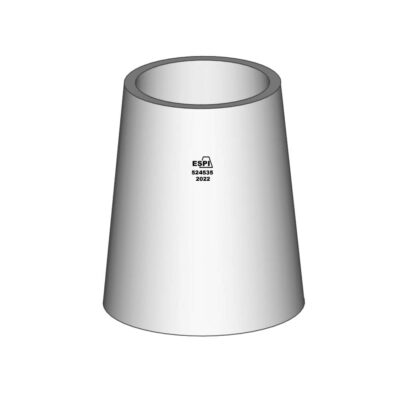For better air
An electrostatic precipitator is a filter that removes dust particles from contamined air using electricity. Coal power station, cement companies, chemical producers or car Li-ion batteries manufacturers produce huge volume of contamined air. In order prevent environment from entering CO2, SOx, dust, calcium oxide etc, we have to filter the gases and separate the dust particles.

What is it Electrostatic precipitators (ESP)?
An electrostatic precipitator (filter) is a device that is used to separate ash from flue gases with the help of static electricity. The main component of the separator consists of a negatively charged electrode that polarizes the ash from the passing flue gas. The ash is subsequently captured on grounded positively charged plates (electrodes) and then mechanically collected in a trap.
Conventional flue gas contains about 30 g of ash per 1 m³, thanks to the use of an electric precipitator, the content of solid particles is reduced to less than 0.1 g/m³. The electrodes have a voltage of typically 40–70 kV, and the velocity of the flue gas in the separator chamber is about 1–2 m/s.
The first experimental use of solid particulate removal from flue gas dates back to 1824, however, the actual industrial use of electrostatics occurred with Frederick Gardner Cottrell’s 1907 patent.
Who is user of ESP?
Electrostatic precipitators are used in heavy industry, producing exhaust gas particles. Typical users of electrostatic filters are coal power plants, cement works, wooden works, chemical industry, steel workshops, gas industry, smelting plants, etc.
Why ESP needs insulators?
Conical or cylindrical support insulators are used in the electrostatic precipitator in order to support and insulate collection electrodes from the housing. The main mechanical demand on the support insulator is on axial pressure load. Usually, one ESP insulator loads up to 8 tons of electrodes, whereas our insulators are designed to carry max. 50 tons. There is a huge reserve of mechanical strength. The substantive electrical requirement of the insulator is to resist the electrical flashover on the surface of the insulator. For that reason is necessary to watch the insulator’s purity and protect the insulator from the dust sediments on the inside surface. Rapper insulators work like a hummer and their function is to remove collected dust from electrodes. Stěnová průchodka 36 kV / 630 A is used on the electrical chamber to get the electricity wire from outside into the chamber.
